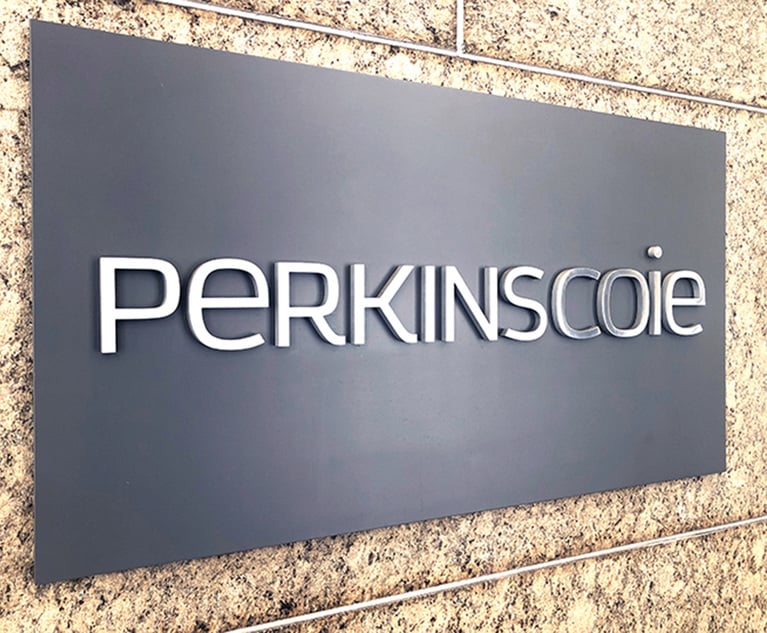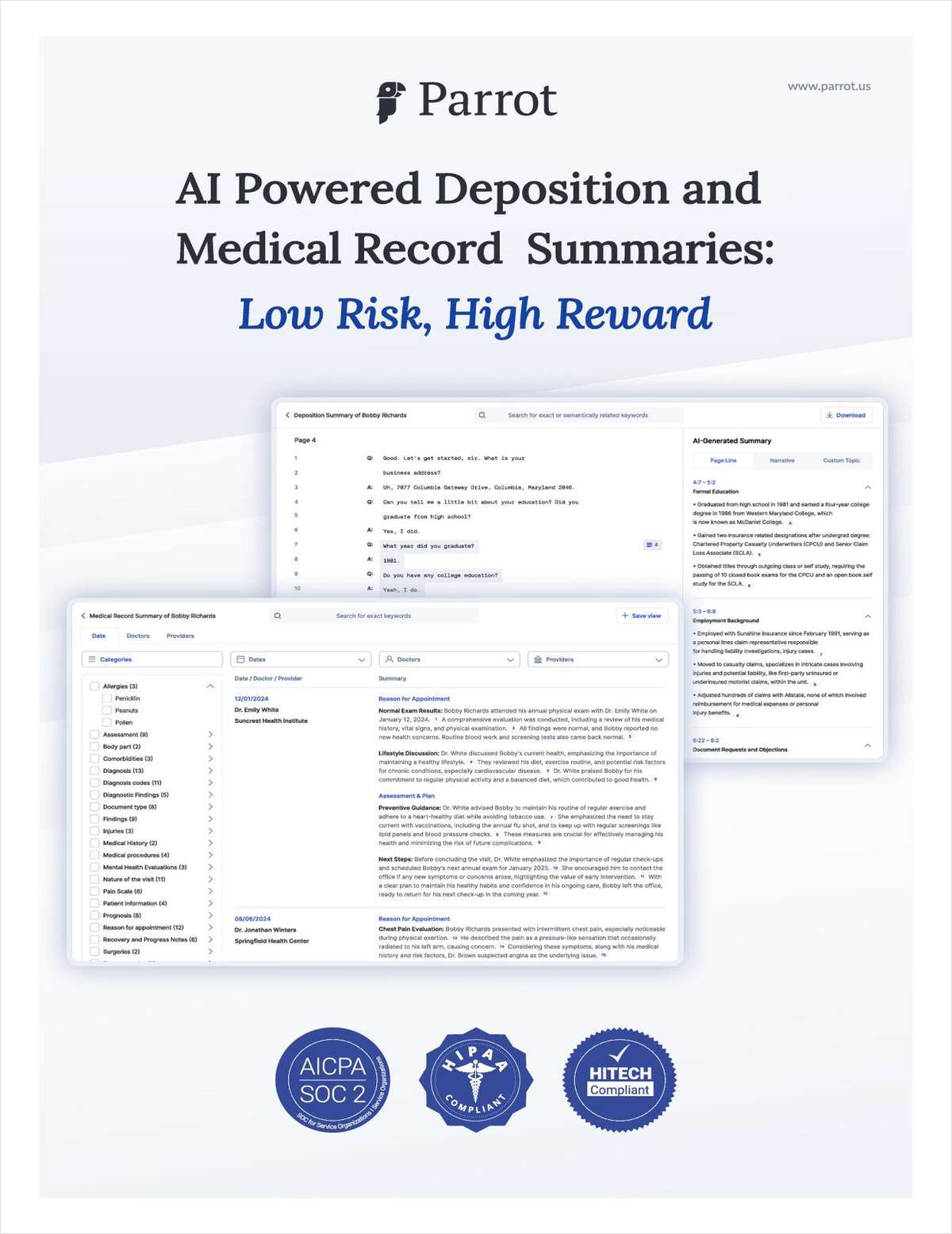 Credit: Alphavector/Shutterstock
Credit: Alphavector/Shutterstock Should Firms Use Billable Hour Targets to Incentivize More Collaboration?
Firms can use lawyers' natural incentives to meet billing goals in a broader effort to collaborate toward bigger aims.
June 01, 2022 at 10:14 AM
7 minute read
Collaboration has been a major strategic theme within law firms over the past several years. While some have made progress, there seems to be a ceiling on how far these efforts can actually go. My sense is that it comes down to incentives and motivation. I propose an approach to driving collaboration that uses the natural motivations of lawyers within a firm to stimulate better results.
How Good an Idea Is Collaboration?
In her terrific book, "Smart Collaboration," Harvard Law School's Heidi Gardner makes a compelling case for greater collaboration within law firms, detailing how more, smarter collaboration leads to substantial benefits for law firms and law firm partners alike:
- Outsized revenue growth;
- More engagements per client;
- Lower discounts on billings;
- More practices serving each client;
- Stronger client relationships;
- Greater success rate in lateral integration and retention;
- And significantly bigger books of business for individual lawyers.
Seeing the wisdom of the business case made by Gardner, many firms have sought to implement policies to stimulate and motivate more collaboration among their lawyers. Unfortunately, to-date this approach has met with generally modest, if any, success. This isn't due to a lack of effort, commitment or communication. Rather, it seems that the common, long-standing motivation of lawyers to protectively ensure that their clients are never disappointed in the quality of service they receive remains a major barrier to introducing new areas of service (and new lawyers) to clients. And the very real and honest motivation to collaborate doesn't seem to be enough to consistently break through this gatekeeping barrier.
This content has been archived. It is available through our partners, LexisNexis® and Bloomberg Law.
To view this content, please continue to their sites.
Not a Lexis Subscriber?
Subscribe Now
Not a Bloomberg Law Subscriber?
Subscribe Now
NOT FOR REPRINT
© 2025 ALM Global, LLC, All Rights Reserved. Request academic re-use from www.copyright.com. All other uses, submit a request to [email protected]. For more information visit Asset & Logo Licensing.
You Might Like
View All
Perkins Coie Hires Anthony Shannon as Chief People Officer


Profits Surge Across Big Law Tiers, but Am Law 50 Segmentation Accelerates
4 minute read
Is It Time for Large UK Law Firms to Begin Taking Private Equity Investment?
7 minute readLaw Firms Mentioned
Trending Stories
- 1Veritext Legal Solutions Announces the Past Acquisitions of Three Alternative Dispute Resolution Firms
- 2Sarno da Costa D’Aniello Maceri LLC Announces Addition of New Office in Eatontown, NJ, and Named Partner
- 3LSU General Counsel Quits Amid Fracas Over First Amendment Rights of Law Professor
- 4An Eye on ‘De-Risking’: Chewing on Hot Topics in Litigation Funding With Jeffery Lula of GLS Capital
- 5Arguing Class Actions: With Friends Like These...
Who Got The Work
J. Brugh Lower of Gibbons has entered an appearance for industrial equipment supplier Devco Corporation in a pending trademark infringement lawsuit. The suit, accusing the defendant of selling knock-off Graco products, was filed Dec. 18 in New Jersey District Court by Rivkin Radler on behalf of Graco Inc. and Graco Minnesota. The case, assigned to U.S. District Judge Zahid N. Quraishi, is 3:24-cv-11294, Graco Inc. et al v. Devco Corporation.
Who Got The Work
Rebecca Maller-Stein and Kent A. Yalowitz of Arnold & Porter Kaye Scholer have entered their appearances for Hanaco Venture Capital and its executives, Lior Prosor and David Frankel, in a pending securities lawsuit. The action, filed on Dec. 24 in New York Southern District Court by Zell, Aron & Co. on behalf of Goldeneye Advisors, accuses the defendants of negligently and fraudulently managing the plaintiff's $1 million investment. The case, assigned to U.S. District Judge Vernon S. Broderick, is 1:24-cv-09918, Goldeneye Advisors, LLC v. Hanaco Venture Capital, Ltd. et al.
Who Got The Work
Attorneys from A&O Shearman has stepped in as defense counsel for Toronto-Dominion Bank and other defendants in a pending securities class action. The suit, filed Dec. 11 in New York Southern District Court by Bleichmar Fonti & Auld, accuses the defendants of concealing the bank's 'pervasive' deficiencies in regards to its compliance with the Bank Secrecy Act and the quality of its anti-money laundering controls. The case, assigned to U.S. District Judge Arun Subramanian, is 1:24-cv-09445, Gonzalez v. The Toronto-Dominion Bank et al.
Who Got The Work
Crown Castle International, a Pennsylvania company providing shared communications infrastructure, has turned to Luke D. Wolf of Gordon Rees Scully Mansukhani to fend off a pending breach-of-contract lawsuit. The court action, filed Nov. 25 in Michigan Eastern District Court by Hooper Hathaway PC on behalf of The Town Residences LLC, accuses Crown Castle of failing to transfer approximately $30,000 in utility payments from T-Mobile in breach of a roof-top lease and assignment agreement. The case, assigned to U.S. District Judge Susan K. Declercq, is 2:24-cv-13131, The Town Residences LLC v. T-Mobile US, Inc. et al.
Who Got The Work
Wilfred P. Coronato and Daniel M. Schwartz of McCarter & English have stepped in as defense counsel to Electrolux Home Products Inc. in a pending product liability lawsuit. The court action, filed Nov. 26 in New York Eastern District Court by Poulos Lopiccolo PC and Nagel Rice LLP on behalf of David Stern, alleges that the defendant's refrigerators’ drawers and shelving repeatedly break and fall apart within months after purchase. The case, assigned to U.S. District Judge Joan M. Azrack, is 2:24-cv-08204, Stern v. Electrolux Home Products, Inc.
Featured Firms
Law Offices of Gary Martin Hays & Associates, P.C.
(470) 294-1674
Law Offices of Mark E. Salomone
(857) 444-6468
Smith & Hassler
(713) 739-1250










